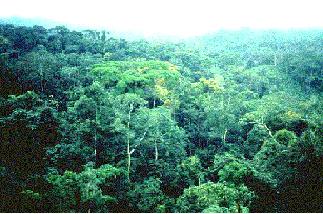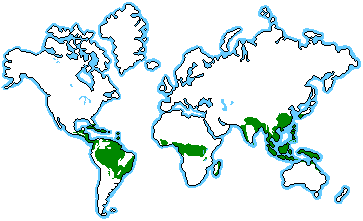MaxShimba
JF-Expert Member
- Apr 11, 2008
- 35,772
- 4,054
2:256. There is no compulsion in religion. Verily, the Right Path has become distinct from the wrong path. Whoever disbelieves in Taghut {idolatry} and believes in Allah, then he has grasped the most trustworthy handhold that will never break. And Allah is All-Hearer, All-Knower.
This teaching was abolished from the Koran by Allah by teachings the Verse of The Sword 9:50 and Verse 9:29 and other teachings of Surahs 8 & 9.
9:5. Then when the Sacred Months (the 1st, 7th, 11th, and 12th months of the Islamic calendar) have passed, then kill the Mushrikun {unbelievers} wherever you find them, and capture them and besiege them, and prepare for them each and every ambush. But if they repent and perform As-Salat (Iqamat-as-Salat {the Islamic ritual prayers}), and give Zakat {alms}, then leave their way free. Verily, Allah is Oft-Forgiving, Most Merciful.
9:29. Fight against those who believe not in Allah, nor in the Last Day, nor forbid that which has been forbidden by Allah and His Messenger and those who acknowledge not the religion of truth (i.e. Islam) among the people of the Scripture (Jews and Christians), until they pay the Jizya with willing submission, and feel themselves subdued.
Both the above Laws of Allah are a declaration of war by Allah (the ANTI GOD) against the infidels. There is no choice. Infidels must convert to Islam, or agree to pay a submission tax or be murdered. Murder is compulsion. These are the teachings not of God but of Allah (the ANTI GOD).
God would never use violence or a prohibitive tax to force any human being to come to Him. God is all pure love. He wants mankind to come into this love of their own free will. Allah (the ANTI GOD) is embodiment of pure hate. Convert to Islam or be murdered. Allah is bogus. Allah never existed.
This teaching was abolished from the Koran by Allah by teachings the Verse of The Sword 9:50 and Verse 9:29 and other teachings of Surahs 8 & 9.
9:5. Then when the Sacred Months (the 1st, 7th, 11th, and 12th months of the Islamic calendar) have passed, then kill the Mushrikun {unbelievers} wherever you find them, and capture them and besiege them, and prepare for them each and every ambush. But if they repent and perform As-Salat (Iqamat-as-Salat {the Islamic ritual prayers}), and give Zakat {alms}, then leave their way free. Verily, Allah is Oft-Forgiving, Most Merciful.
9:29. Fight against those who believe not in Allah, nor in the Last Day, nor forbid that which has been forbidden by Allah and His Messenger and those who acknowledge not the religion of truth (i.e. Islam) among the people of the Scripture (Jews and Christians), until they pay the Jizya with willing submission, and feel themselves subdued.
Both the above Laws of Allah are a declaration of war by Allah (the ANTI GOD) against the infidels. There is no choice. Infidels must convert to Islam, or agree to pay a submission tax or be murdered. Murder is compulsion. These are the teachings not of God but of Allah (the ANTI GOD).
God would never use violence or a prohibitive tax to force any human being to come to Him. God is all pure love. He wants mankind to come into this love of their own free will. Allah (the ANTI GOD) is embodiment of pure hate. Convert to Islam or be murdered. Allah is bogus. Allah never existed.






